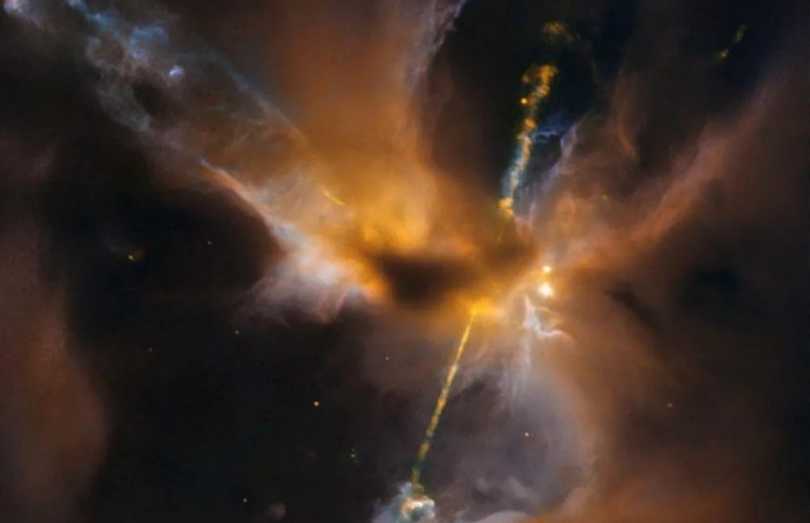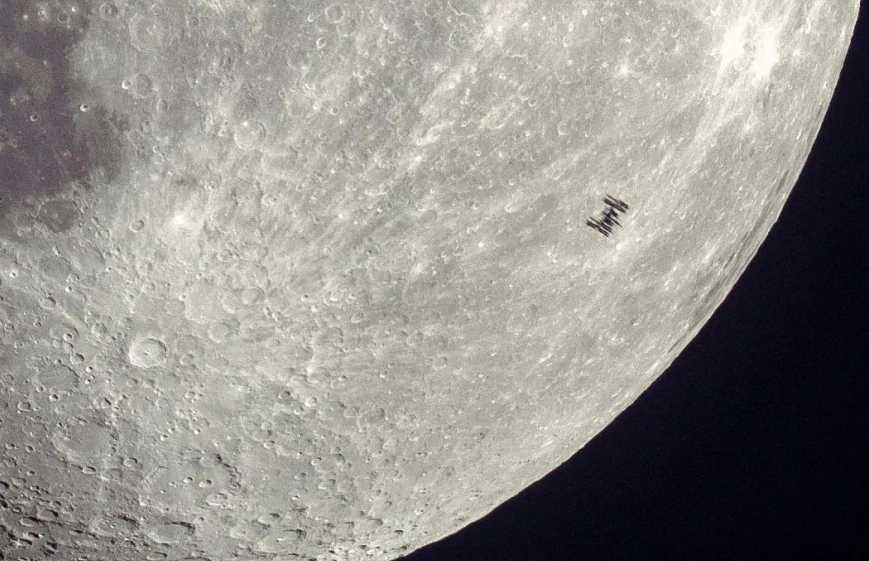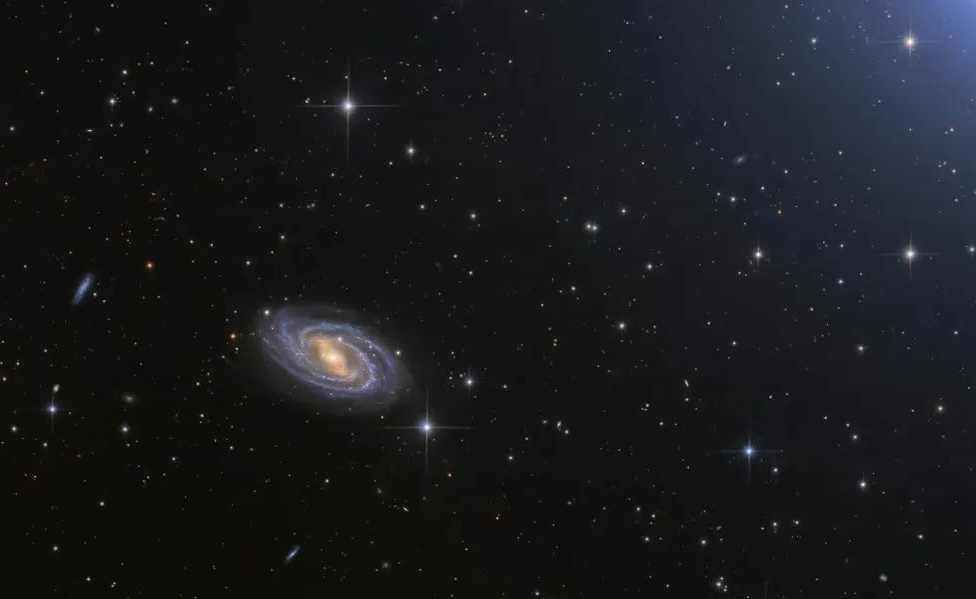Just 35 million light-years from Earth in Leo, the springtime northern constellation, lies NGC 3521—a bright spiral galaxy visible through small telescopes yet often overshadowed by amateur astronomers’ focus on Leo’s more famous spirals, M66 and M65. This cosmic portrait reveals its overlooked splendor, hiding a trove of galactic secrets in its swirling arms.
NGC 3521’s 50,000-light-year diameter hosts uniquely mottled spiral arms, where dark dust lanes crisscross pink stellar nurseries and bright blue clusters of young stars. Deeper imaging uncovers a faint, giant bubble-like shell enveloping the galaxy—likely tidal debris from ancient collisions with dwarf satellite galaxies. Gravitational interactions during these mergers tore apart the smaller galaxies, stretching their stars into diffuse, shell-like structures.
The galaxy’s irregular arm patterns suggest ongoing gravitational disturbances. Unlike grand-design spirals with smooth, symmetric arms, NGC 3521’s chaotic beauty hints at a turbulent past, where repeated interactions with neighboring systems reshaped its stellar disk.
Astronomers value NGC 3521 as a living laboratory for studying galaxy evolution. The shell structures provide clues to how mergers redistribute stars and gas, while the active star formation regions offer insights into stellar birth in disturbed environments.
For stargazers, NGC 3521 is a reminder that the cosmos hides wonders beyond the obvious. Its proximity and brightness make it an ideal target for backyard telescopes—especially when Leo’s brighter galaxies like M66 dominate the limelight. As telescopes peer deeper into its bubbly halo, NGC 3521 continues to reveal how collisions shape galaxies over billions of years, blending scientific discovery with celestial artistry.




